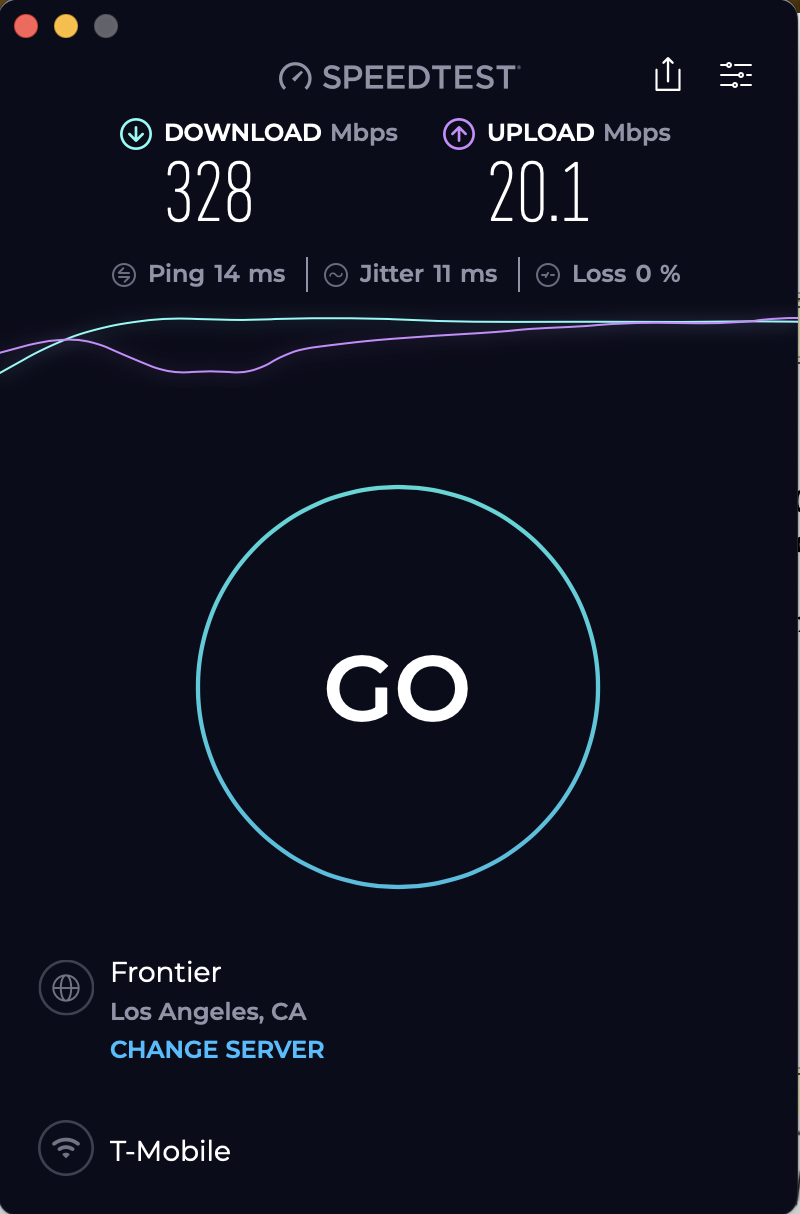@henene4
The way it works here in Ireland we've basically got 3 FTTH networks and a cable network. The FTTH networks are open to any ISP to use as an access network. You can pick your ISP and in some areas you've a choice of infrastructural networks, but in a lot of areas you might be stuck with just one of them.
'OpenEir' which is the access networks division of Eircom, the now privatised former national telco. Eircom itself trades as 'Eir' for its own retail products, but you can use any of about 15+ different ISPs. They provide their own aggregation / routing at various points around the network and backhaul their own traffic, but the access network is over OpenEir's FTTH (up to 2gbit/s) or FTTC (being gently phased out) up to 100Mbit/s.
'Siro' which is owned primarily by the ESB (publicly owned power utility. They've rolled out fibre by piggy backing it onto the electricity network, running the fibres in the same ducts and clipping it to poles and cables. So, your FTTH connection comes in next to your electricity meter. Again, this is a fully open network so you can pick from a similar range of ISPs to OpenEir and the technology is quite similar, with up to 2gibt/s in some areas, but mostly still selling 1Gbit or less. Siro itself doesn't provide retail services, so you use other ISPs over their network.
'NBI National Broadband Ireland' is a similar open network, but is a state owned operation run by a franchisee. They target only areas that are not covered by commercial networks. So very rural areas can get access to full FTTH. Similar to Siro, it provides no retail services, but you can access a wide range of ISPs over their system.
Then you've cable internet, which is increasingly fibre dense and can offer speeds of a gigabit or so. Virgin Media (Liberty Global) has progressively bought out all the smaller cable networks, so they're almost all now Virgin branded with the same equipment. This is a closed network so you can only use Virgin's services.
There are hardly any users still on traditional DSL products, although FTTC (Fibre to the Cabinet) VDSL still has a big uptake, running at up to 100mbit/s (in reality more like about 50-70 mbits for most people) but it's pretty acceptably fast for a lot of use cases. OpenEir's plan is to replace it fairly quickly as they don't really want to maintain active equipment in cabinets and there's a lot of potential cost savings and so on in having just a purely passive optical network.
The original plan (at least for the former telco OpenEir) here was a complicated replacement of the PSTN with cabinet-based MSANs and continuing dial-tone services and copper services, but the technology moved way faster than the plan and the uptake for landline PSTN services fall off a cliff a few years ago. There was a very rapid move over to VoBB (VoIP over Broadband) with exchange-based services from central offices not really seeing very much demand at all. So the entire plan to rollout all that complicated PSTN/ISDN replacement stuff was mostly shelved.
Ireland also has a very scattered population - which tends to make broadband a lot more expensive here and also has tended to sometimes hamper our speed of rollout. DSL never really suited the Irish market outside of dense urban areas, as we've long lines and lots of low density ribbon development. We've about 4.9 million people and something like 1300 telephone exchanges (central offices), most of which are tiny and serving less than 1000 customers. About half of them have less than 300 lines. Also the network was digitalised very early (beginning in 1979) because distributed digital switching suited the market here. However it also means that a lot of the oldest local switch equipment (which would have been upgraded over the years) is really beyond any kind of ability to extend its life or adapt it further to all-IP environments. The solution they're using is to replace the Ericsson AXE and Alcatel E10 switches with much smaller capacity Nokia MSANs that sit in the former central offices and will continue to provide traditional PSTN services (but not ISDN) to a dwindling number of copper lines, but without accepting any new orders. They're basically just there to smoothly manage out the extinction of the remnants of the PSTN.
When an area is regarded as having sufficient FTTH rollout (from any provider(s)), the copper PSTN/ISDN/DSL/VDSL services are now allowed to be withdrawn and the MSANs will be shut down and ultimately the copper will be pulled out of the ducts and taken off the overhead poles.
The way I see it evolving within a very short number of years will see landline voice services being very niche, other than for businesses who already mostly use VoIP systems anyway. I think the rest of us will make do with mobiles, and increasingly commercial 'over the top' IM/VoIP services. That's already where the vast majority of people are at already anyway, so it's not exactly a radical move.
It's amazing when you think about it though this is very much the end of the centralised, traditional switched telephony networks which have been around since the 1880s and have been mainstream certainly for a hundred years since automatic switching arrived in the 1920s!
Basically a little over 100 years from Stowger > Crossbar > Analogue Electronic > Digital Circuit Switching > ultra fast IP and nebulous clouds with telephony as an app
(and plenty of Ernestine's colleagues to make it all work throughout a large part of the 20th century!)
Also kind of amusing that we've gone full circle from "Hello Operator??? " to "Hey Siri! / OK Google!"[this post was last edited: 5/23/2022-08:53]






